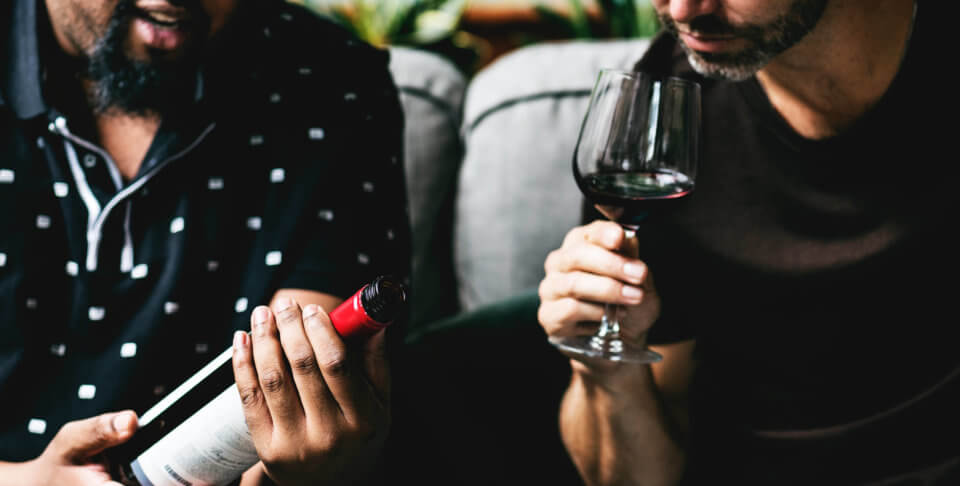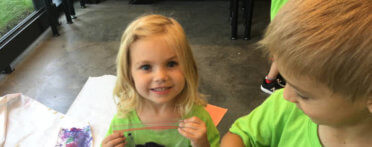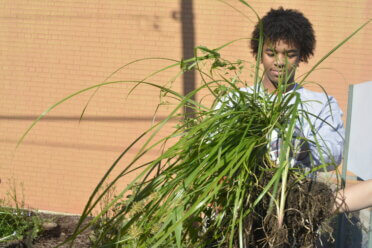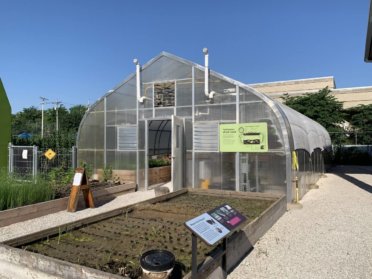With the Science Center’s annual Science Uncorked special event fast approaching, it’s nearly time to bust out the tasting glasses and get to sampling.
But what do you do when you aren’t confident in your ability to tell what distinguishes a cabernet from a merlot, or a chardonnay from a riesling? The world of wine is a rich and complex one, and getting into the finer details of tasting can be intimidating.
It’s easy to get overwhelmed with questions, like “What exactly am I supposed to be looking for?” and “How am I supposed to compare one wine to another?”
Not everyone is born with the senses of a super-taster or has the time to gain the extensive wine knowledge of a sommelier. Luckily, Sarah White at Discover magazine recently shared a few simple tricks that can help even the most novice vino drinker sharpen their palate and learn how to be a better wine taster.
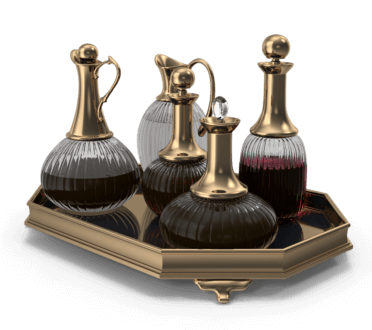 After speaking with scientists Janice Wang, a research psychologist, and her husband, chemist Domen Prešern, White recommends starting with what’s called the Triangle Test.
After speaking with scientists Janice Wang, a research psychologist, and her husband, chemist Domen Prešern, White recommends starting with what’s called the Triangle Test.
Have someone fill two glasses with the same wine, then fill a third glass with a similar (but different) wine. Peeking is cheating, so have whoever’s pouring do it in secret. Taste the three glasses and compare them until you can guess which one’s different. Be sure to pick wines that are similar, not vastly different. Remember, the goal is to challenge yourself to pick out the one that’s the outlier.
Next comes the Acid Test.
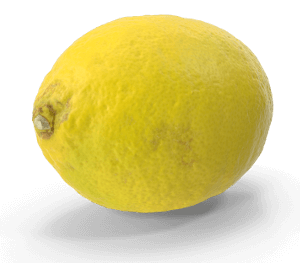 One of the characteristics of wine is acidity. Wines can contain acids like tartaric, malic, and citric acid, as well as numerous others. As with other flavors, with time and experience the tongue can be trained to better pick up levels of acidity.
One of the characteristics of wine is acidity. Wines can contain acids like tartaric, malic, and citric acid, as well as numerous others. As with other flavors, with time and experience the tongue can be trained to better pick up levels of acidity.
For the Acid Test, take glasses of water and add different amounts of lemon juice. Taste them. Pay attention to the differences in each glass to get a better feel for how different levels of acidity taste and feel.
Another recommendation is a simple one: do some smelling. White recommends taking things outside to get some “scent training.”
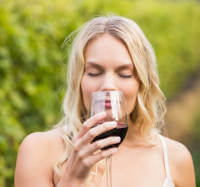 Things like fruits, herbs, and spices can all contribute to a wine’s overall flavor. Being able to recognize the scent of a pear versus an apple or vanilla versus cinnamon can help you get a more nuanced tasting as you’re comparing one wine to another.
Things like fruits, herbs, and spices can all contribute to a wine’s overall flavor. Being able to recognize the scent of a pear versus an apple or vanilla versus cinnamon can help you get a more nuanced tasting as you’re comparing one wine to another.
And now that fall’s finally here, it’s a great time to head outside. Gardens and farmer’s markets—and even the Science Center’s very own GROW gallery—are great ways to expose yourself to different scents from a variety of fruits, herbs, and plants. Come visit GROW, and you can even get up close with vines that produce grapes like Candice, Vignoles, and Concord, which are among Missouri’s top producers of wine.
With a little time and practice, you’ll find yourself getting even more comfortable with picking out subtleties and flavors when it comes to wine. And if not, sitting back just to enjoy a glass is totally fine, too. For more recommendations on how to sharpen your wine senses, check out the blog post over at Discovery magazine. And to get some real world experience with wine tasting, be sure to get your tickets to the Science Center’s Science Uncorked special event on November 9, 2019.
Make sure to check out The Wine Production Process on how it’s made!
Michael Wense
Contributing Writer






